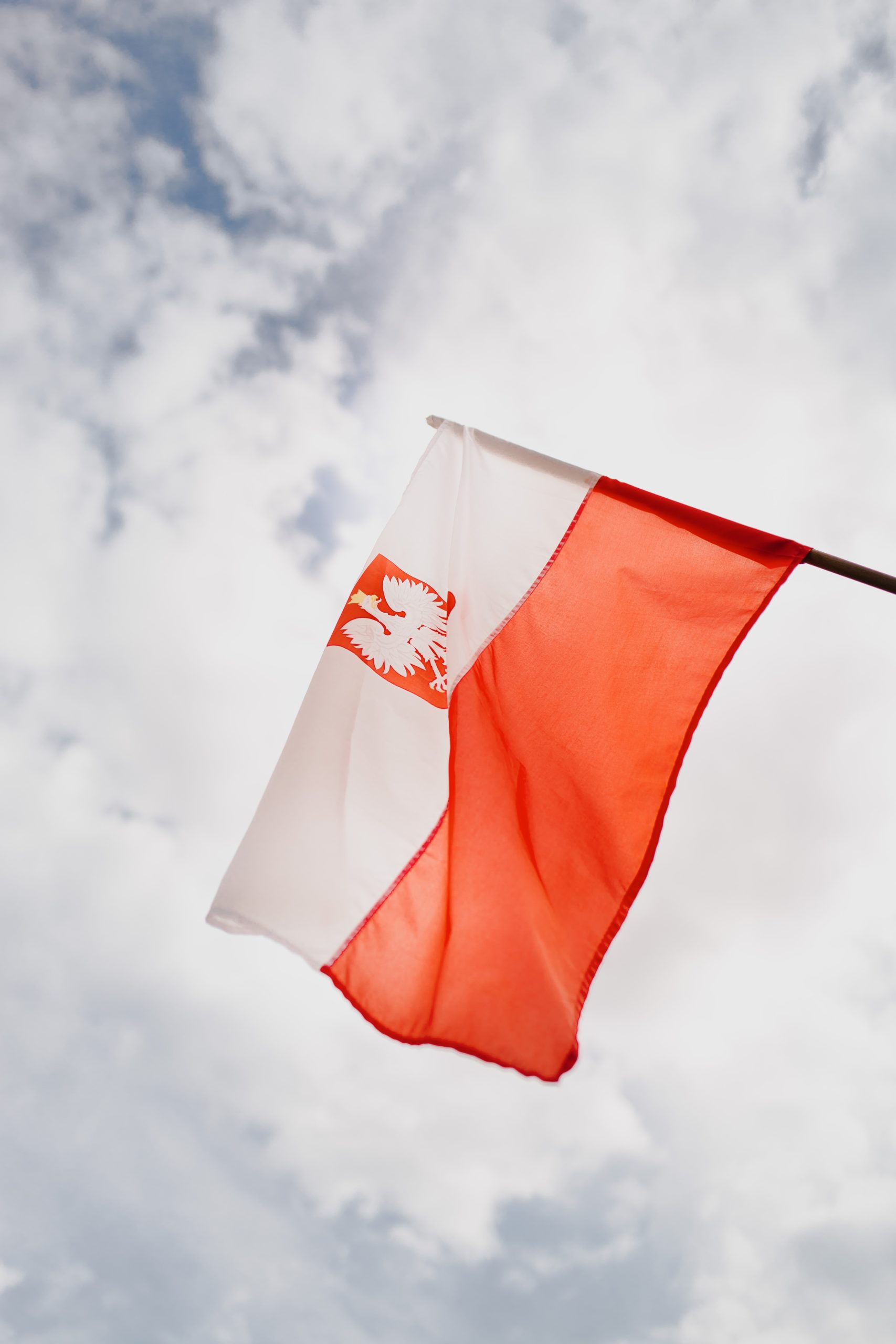On the trail of refugee camps to Great Britain
During World War II, several hundred thousand Poles were deported into far away Russian territory. Russia occupied the eastern part of Poland and imprisoned many people. After the Sikorski-Majski Agreement was signed in July 1941, many Polish citizens were released from the camps in Siberia and Kazakhstan. Poles began their journey towards the places where the Polish Army was formed under the command of General Wladyslaw Anders.
Evacuation of Polish refugees to Iran
Polish citizens were evacuated to Iran in 1942. The main route led through Turkmenistan to the camp in Iran, and further on to camps in Tehran. In total, more than 116 000 people arrived in Iran, including about 40 000 civilians. Among the evacuees were nearly 18 000 children.
Poles could not stay in Iran for long. The Polish government could only count on the help of the British in finding shelter for the Polish citizens. The British government agreed to evacuate the Polish population from Iran and created a plan for the location of settlements for Polish refugees across UK territories. Polish civils were transported by the sea to transit camps in British India and from there to India, Africa, Mexico, and New Zealand.
Journey of Polish refugees to Africa
The largest group of people went from Iran to Africa. The first transport of 1400 Polish refugees from Russia reached the port of Tanga in August 1942.
The second shipment arrived at the port of Mombasa in September. The next groups that arrived were directed to Tengeru, Kondoa, Ifunda, and Kidugala. At the end of 1944, there were a total of 13,364 people holding Polish citizenship in three countries of East Africa.
Polish settlements and living conditions in Africa
The largest Polish settlement in Tengeru had 947 houses. The housing estate in Kondoa had 20 clay barracks. The Poles living in the Ifunga housing estate had the best housing conditions – 780 people lived in 100 brick houses. About 800 Poles lived in the settlement in Kidugala. Each such housing estate was managed by a commandant. The camp director assisted him in carrying out his duties. Additional functions were appointed in the field of education, pastoral care, health care, culture, and work. Residents formed the so-called council of residents. Polish citizens have become very well organized. They opened schools, conducted cultural and sports activities, ran their own farms and developed the Polish press.
Polish citizens in Africa after the World War II
Towards the end of the war, Eastern Poland was handed over to the regime of Soviet Russia and Stalin. For many Polish abroad this meant their return to Poland was impossible, or they did not want to go back as it was dominated by communist rule. Only approx. 20% of Polish refugees from Africa, decided to return. On August 1, 1946, the financial responsibility for the maintenance of Polish settlements was taken over by the United Nations Relief and Rehabilitation Administration and later by the International Refugees Organization. The maintenance costs of these estates were very high, therefore some of them were closed, leaving only the Polish estates in Tengeru and Koja. In November 1947, the action of the reunification of military families began, thanks to which about 9,500 people left for England. The remaining people decided to emigrate to the United States, Argentina, Canada, France, and Australia. Few remained in Africa. The estates in Koja and Tengeru ended their activity only in 1952.


